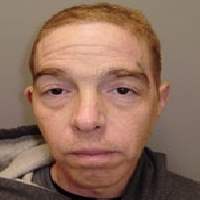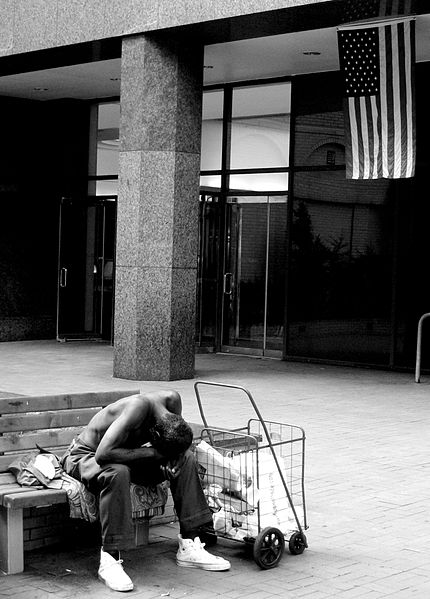A transient man who went on a crime spree in Pacific Palisades last summer was scheduled for a court appearance today, Jan. 29, and may face a life sentence.
Brian Thomas Cruz, , is accused of multiple carjackings, a kidnapping and assaults in relation to the crime spree that began in the Palisades and ended in Malibu on August 11, 2014.
Cruz is also a registered sex offender who was released from prison only a year ago, mere months before committing the recent slew of crimes similar to the ones that got him locked up before.
It’s a familiar cycle for many former inmates, who end up on the streets only to re-offend.
Although his crimes are spectacular in their severity, Cruz is reflective of a new segment of L.A.’s homeless population, made up of those released from the County’s overcrowded jails who end up houseless because of lack of post-release services.
The number of individuals who go from jail to the streets has been steadily increasing since a law called AB 109 or the “prison realignment law” was passed by legislators in 2011.
Supporters of the law touted “no inmates currently in state prison would be transferred to county jails or released early” but they failed to mention what would happen to non-serious offenders released from State custody.
The law, effective as of October 1, 2011, shifted the responsibility of supervising non-serious offenders,i.e. former State inmates, from the state to the county–from State parole agents to County probationer officers. This has inundated the county’s probation and support services with individuals released from the State prison system.
Individuals, coming out of prison for non-violent and non-sexual crimes, have been supervised by the Los Angeles County Probation Department since October 2011.
Cruz, a registered sex offender who was living about eight feet under someone’s balcony in Pacific Palisades, was part of this overcrowded and understaffed system..
Despite expectations from the state and optimistic projections from legislators that the number of jailed individuals and those on probation would eventually decline post AB-109, both the rate of jailed and supervised has steadily increased since Brown’s law took effect.
L.A. County received an average 1,000 probationers a month for the first six months after realignment went into effect, and that it continues to get about 400 to 500 a month, according to a report by Al Jazeera.
Six months prior to the August incident, Cruz, like many others, was released from State custody and placed in L.A. County hands and similar to others, did not receive proper post-release supervision or mental health services. The L.A. County Probation Department has refused to release records about Cruz’s probationary status citing medical confidentiality laws.
Mental health and homeless advocates say that the problem is that the County does not have enough services available for people once they are released from county and state custody.
Jails are often misused as places to send those who need mental health care rather than incarceration but there is hope for L.A. via a county program launched quietly last year.
The Third District Diversion and Alternative Sentencing Program in Los Angeles County aims at keeping those who are chronically homeless, seriously mentally ill, and who commit non-violent crimes out of jail.
County officials created the program because they found that incarceration disrupted the treatment of those who have mental health problems “in the community, exacerbating symptoms, contributes to or perpetuates homelessness and impedes recovery.” See documents page for more work cited.













